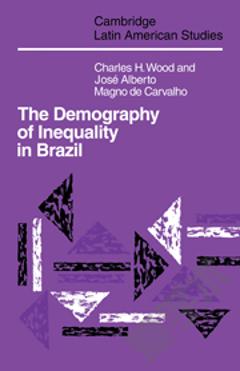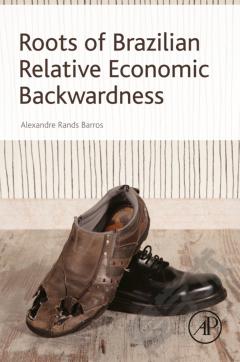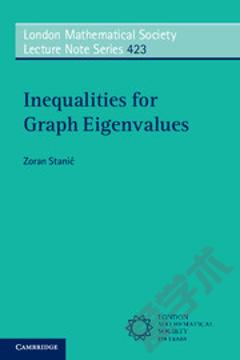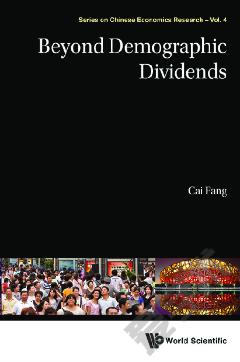The Demography of Inequality in Brazil
This book examines how transformations in Brazil's social, economic and political organization affect the demographic behaviour of people who live in different parts of the country and who occupy different positions in the social system. The authors review the history of unequal development and document the concentration of income and land ownership. Using data from the 1970 and 1980 censuses, they show how the Brazilian style of economic growth unequally affected different population subgroups. Mortality estimates for white and non-white people measure the consequences of racial inequality on the life chances of children. Other chapters investigate rural out-migration, the impact of Amazon colonization schemes on rural poverty, and the implications of differential rates of population growth among rich and poor households for future patterns of inequality and underemployment. The overall perspective places the concept of inequality at the centre of the study of demographic and structural change.
{{comment.content}}








 京公网安备 11010802027623号
京公网安备 11010802027623号